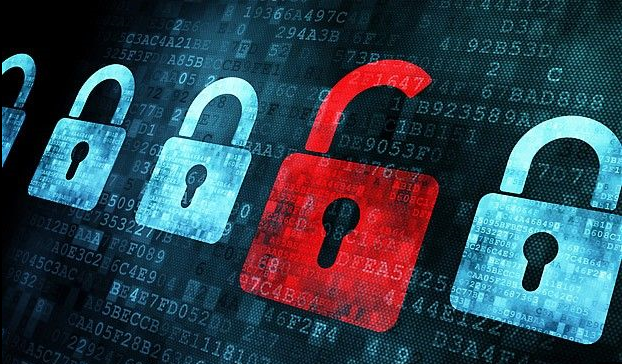Beep, Beep! Terminating Sanctions against Defendant for Spoliation Affirmed on Appeal: eDiscovery Case Law

As Wile E. Coyote has learned, you don’t want to mess with the Roadrunner. Especially if you’ve been found to have willfully spoliated data… :o)
In Roadrunner Transportation Services, Inc. v. Tarwater, Nos. 15-55448 and 14-55529 (9th Cir., Mar. 18, 2016), the Ninth Circuit affirmed the district court’s entry of default judgment and award of attorneys’ fees in favor of the plaintiff, ruling that the district court did not abuse its discretion by entering default judgment as a sanction for the defendant’s deletion of data from his laptop computers . The Ninth Circuit also affirmed the district court’s award of $325,000 in attorneys’ fees to the plaintiff and also affirmed the lower court ruling to limit the plaintiff’s compensatory damages to the four customers specifically identified in the First Amended Complaint.
In considering the defendant’s appeal of the district court’s entry of default judgment and award of attorneys’ fees in favor of his former employer and the plaintiff’s cross-appeal of the district court’s compensatory damages award, the Ninth Circuit ruled, as follows:
“1. The district court did not abuse its discretion by entering default judgment as a sanction for Tarwater’s deletion of data from his laptop computers…There was ample evidence that Tarwater deleted emails and files on his laptops after receiving multiple preservation demands from Roadrunner, and even after the court explicitly ordered Tarwater to preserve “all data” on his electronic devices. In addition to Tarwater’s own admissions, a third-party computer expert concluded that files on one of Tarwater’s devices had been deleted and overwritten during the litigation, and that the deletions likely “bypasse[d] the [computer’s] Recycle Bin” through a user-initiated process. In light of the evidence of spoliation, and the nature of Roadrunner’s claims, the district court did not clearly err in finding that Tarwater willfully destroyed the data, that Roadrunner had been deprived of its “primary evidence of Tarwater’s alleged misappropriation and related misconduct,” and that a less drastic sanction could not have adequately redressed the prejudice to Roadrunner.”
“2. The district court did not abuse its discretion by awarding Roadrunner $325,000 in attorneys’ fees…The court carefully considered the billing entries and reasonableness of the hourly rates for Roadrunner’s attorneys and reduced the award to reflect an appropriate level of staffing for the case. The district court also properly accounted for the degree of success achieved by Roadrunner, as well as the public’s interest in protecting trade secrets.”
“3. The district court properly limited Roadrunner’s compensatory damages to the four customers specifically identified in the First Amended Complaint.”
“AFFIRMED.”
So, what do you think? Did the defendant deserve a terminating sanction? Please share any comments you might have or if you’d like to know more about a particular topic.
We’re just one week away from the pre-conference seminars at ACEDS! For the first time, ACEDS is offering a number of pre-conference events focused on some of the most important issues and trends in eDiscovery. These include a cybersecurity seminar addressing the recent data breaches at major law firms, a networking forum hosted by Women in E-Discovery, and the Law Student Blogger/Social Invitational pre-conference seminar with Ari Kaplan, Rob Robinson, Robin Thompson and me! If you already have a blog or are interested in starting a blog, join us and learn about the benefits of blogging, how to get started, establishing your blogging workflow, avoiding liability and leveraging social media for professional and personal benefit. Hope to see you in New York on Monday!
Image © Warner Bros.
Disclaimer: The views represented herein are exclusively the views of the author, and do not necessarily represent the views held by CloudNine. eDiscovery Daily is made available by CloudNine solely for educational purposes to provide general information about general eDiscovery principles and not to provide specific legal advice applicable to any particular circumstance. eDiscovery Daily should not be used as a substitute for competent legal advice from a lawyer you have retained and who has agreed to represent you.








